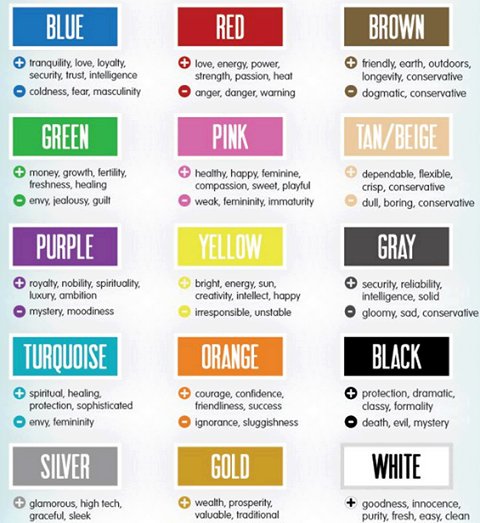A small group is (1) collection of individuals who (2) are connected to one another by some common purpose, (3) are interdependent, (4) have some degree of organization among them, and (5) see themselves as a group.
A team is a particular kind of small group. as such it possesses all of characteristics of the small group, as well as some additional qualities. Drawing on a number of small group researchers in communication and organizational theory, we can define the team as a small group (1) constructed for a specific task, (2) whose members have clearly defined roles, (3) whose members are committed to achieving the same goal, and (4) that is content focused.
Four type of small groups: 1) Idea-generation groups, 2) Personal-growth groups, 3) Information-sharing groups, 4) Problem-solving groups.
Let's us talk about problem-solving group. It is a collection of individuals who meet to solve a problem or to reach a decision.
Simple Case:
In order to prepare students for an upcoming achievement test, a small group of students had to be pulled from psychological class once a week on writing skills. Those students were upset that psychological was their favorite subject, and they didn't want to miss it. The teacher, realizing that she needed "buy-in" from the students, decided it was time to look at the problem from different vantage points. Over the next 40 minute, she deliberately led her students through a dicussion that focused on the different perspectives represented by the six thinking hats. By the end of the period, her students were able to separate the facts from their feeling; had an opportunity to express their disappointment, frustration, and anger; learned how to recognize the positive thing that could come from preparing for the writing exam. They were able to brainstorm ways they could make their tutorial time an enjoyable experience; and were able to summarize what they learned from this experience and to envision ways to use that learning in the future.
























